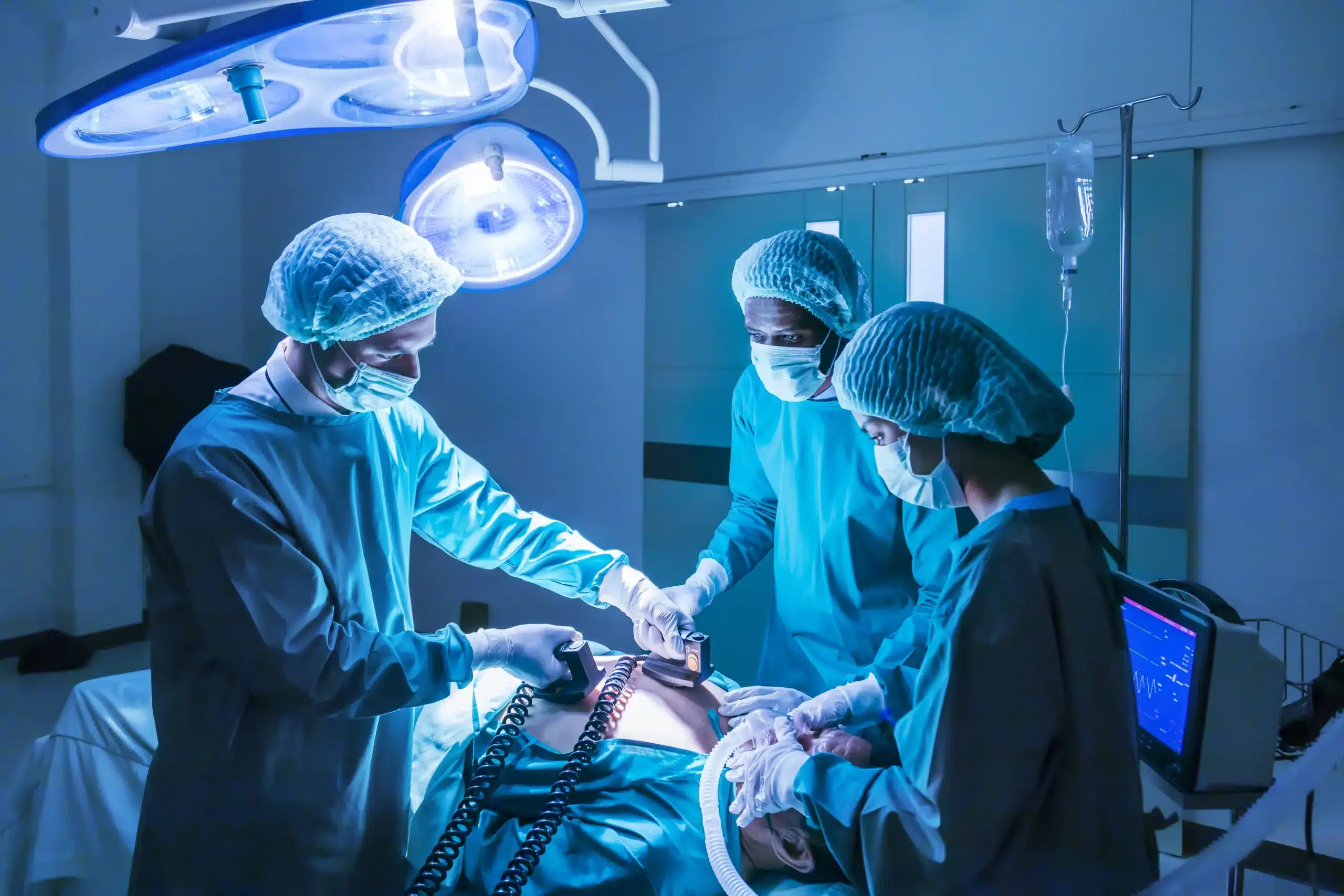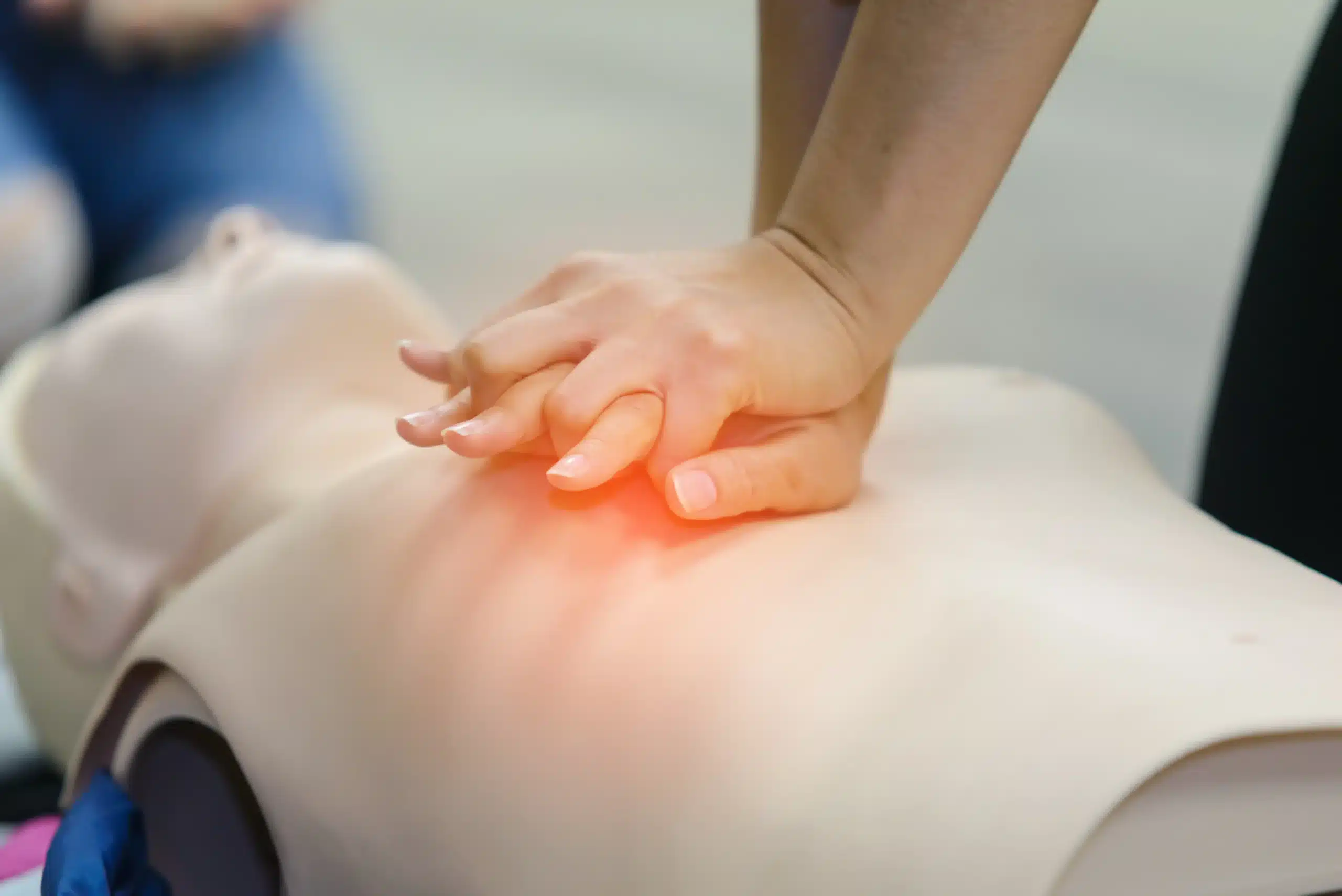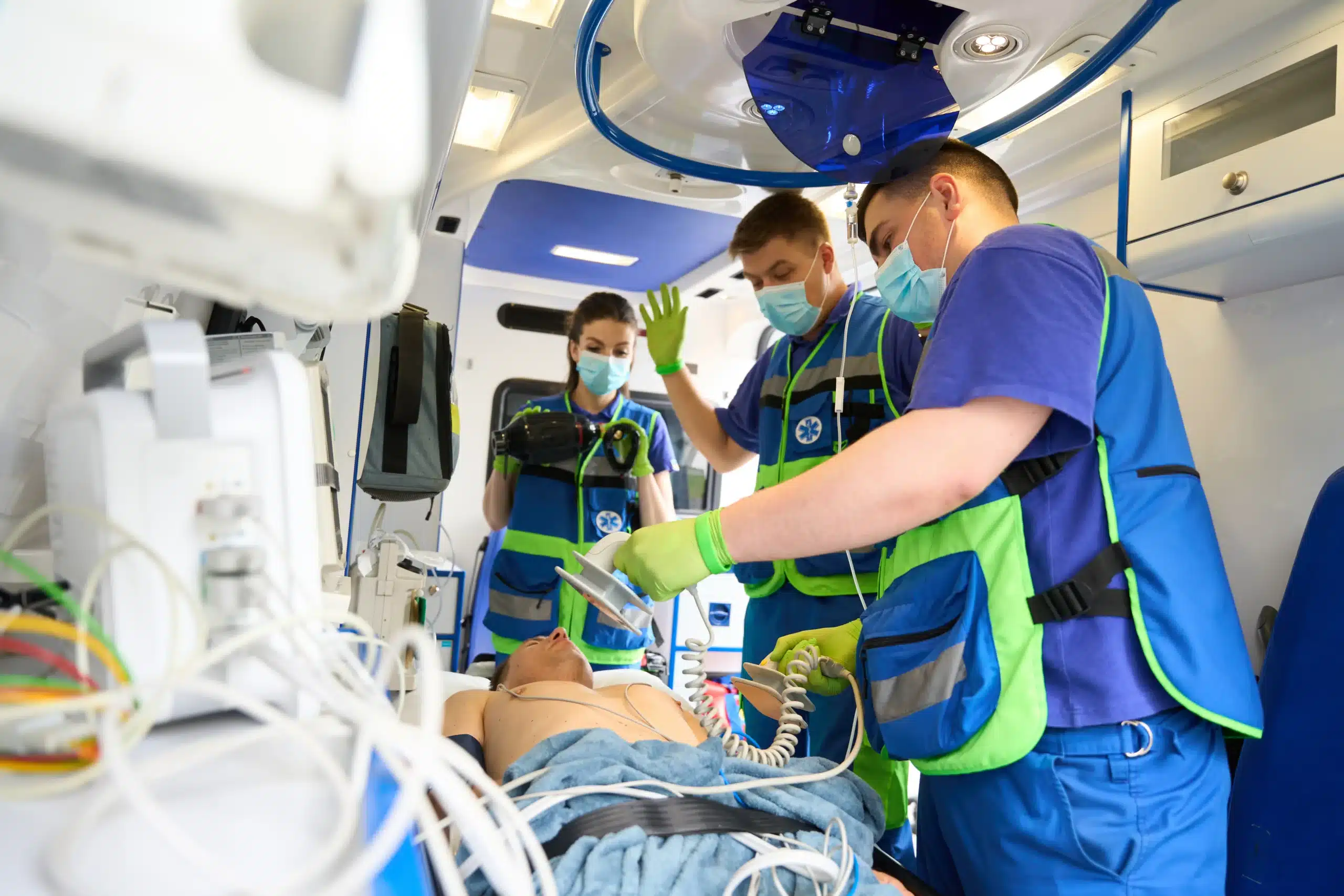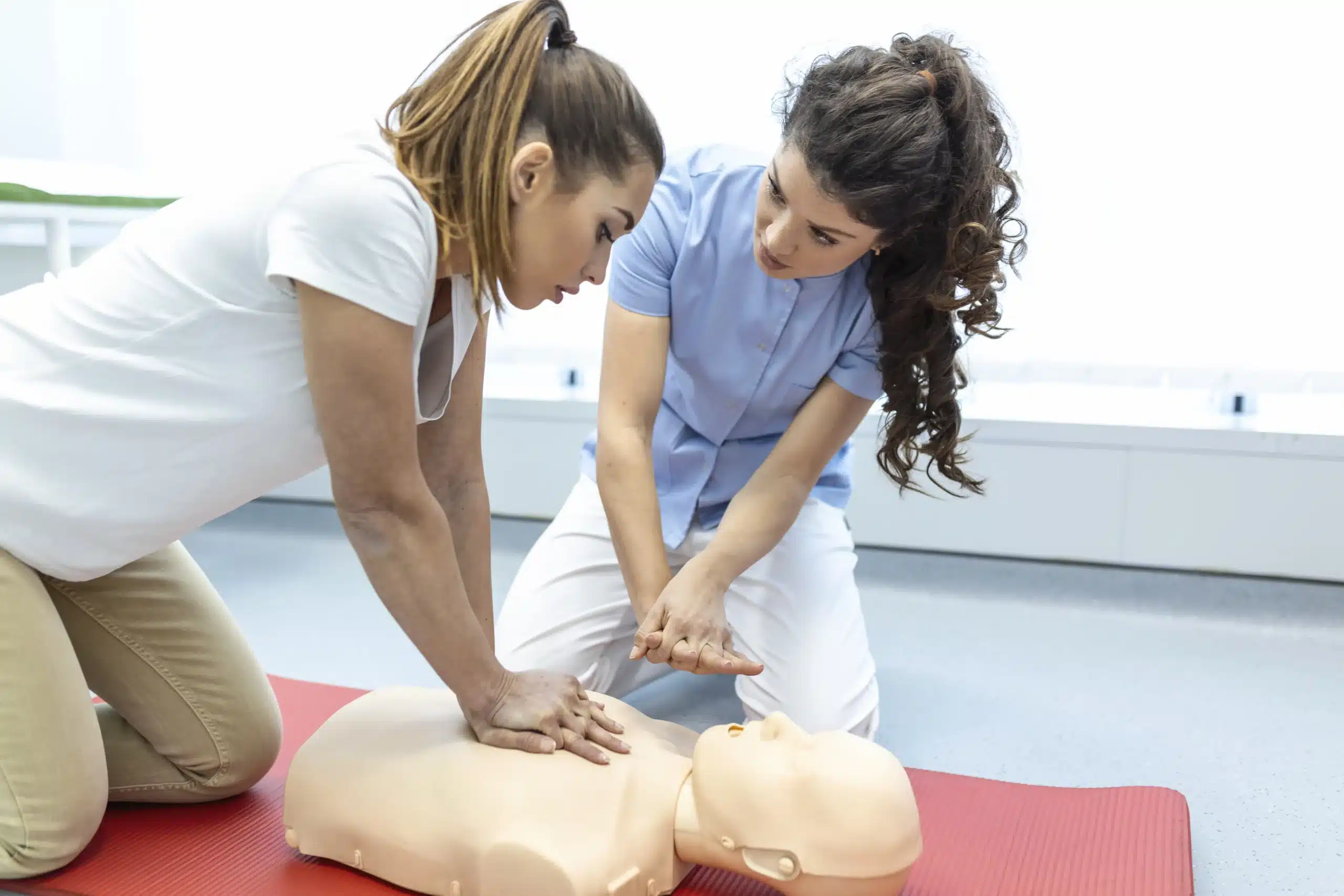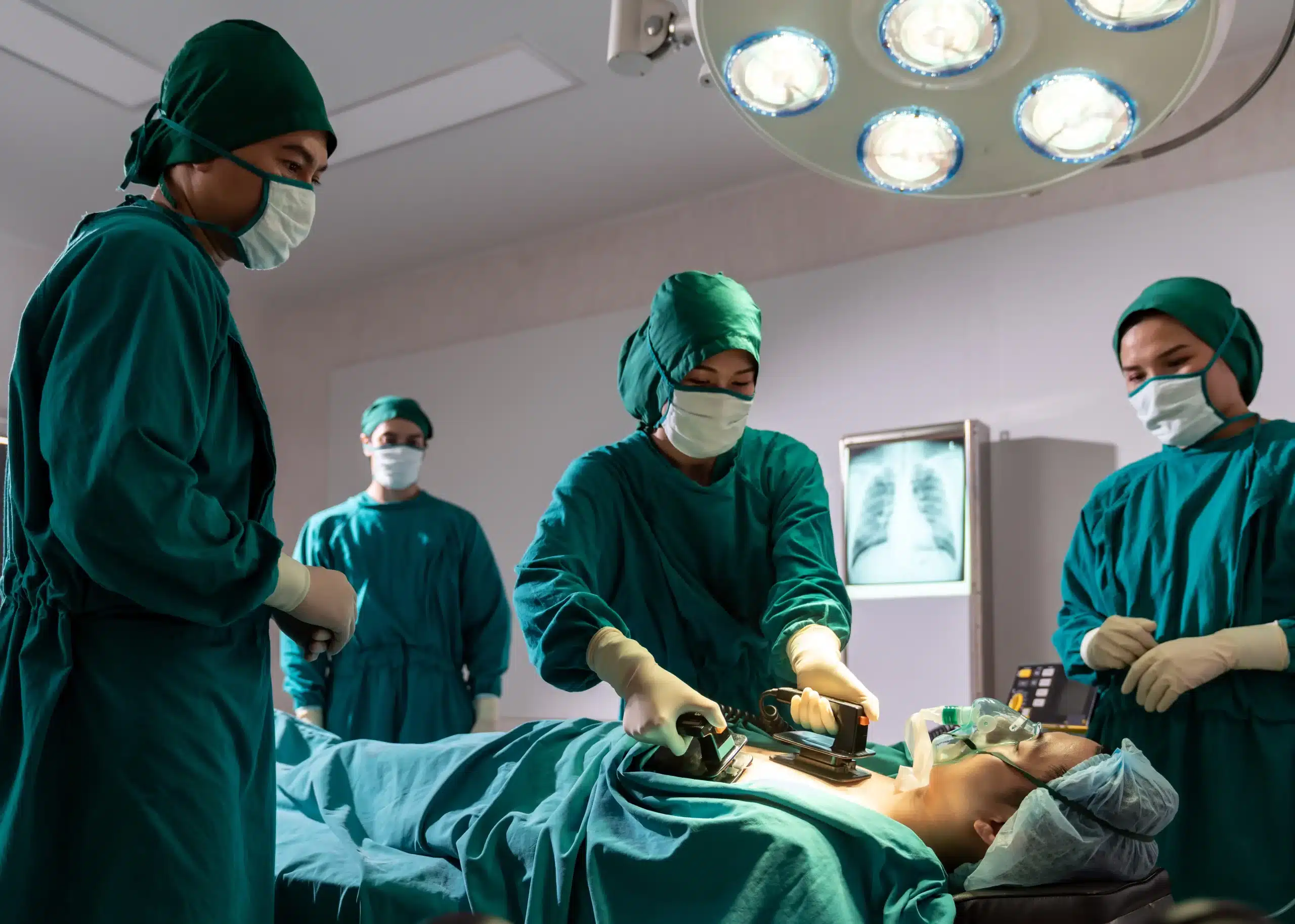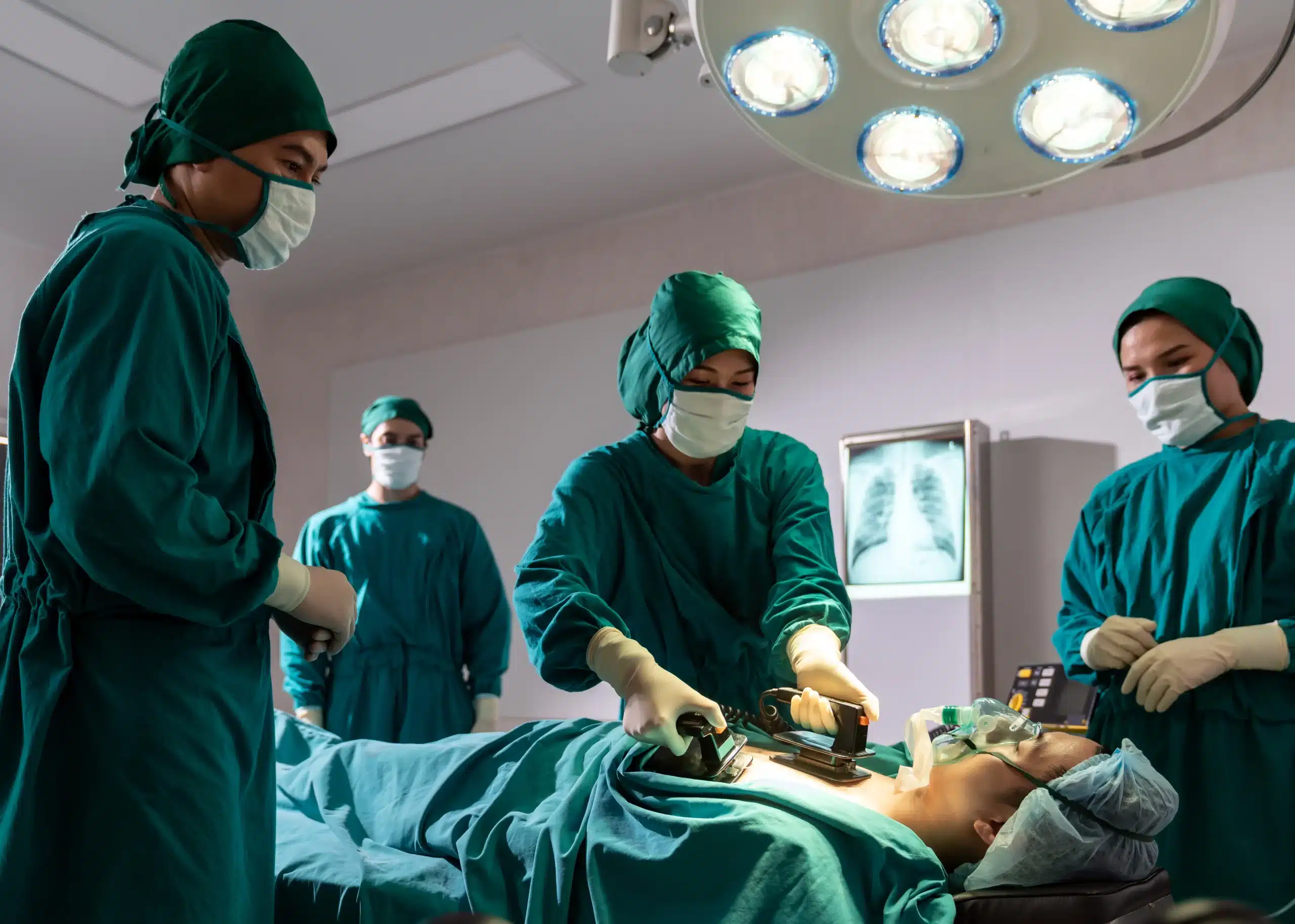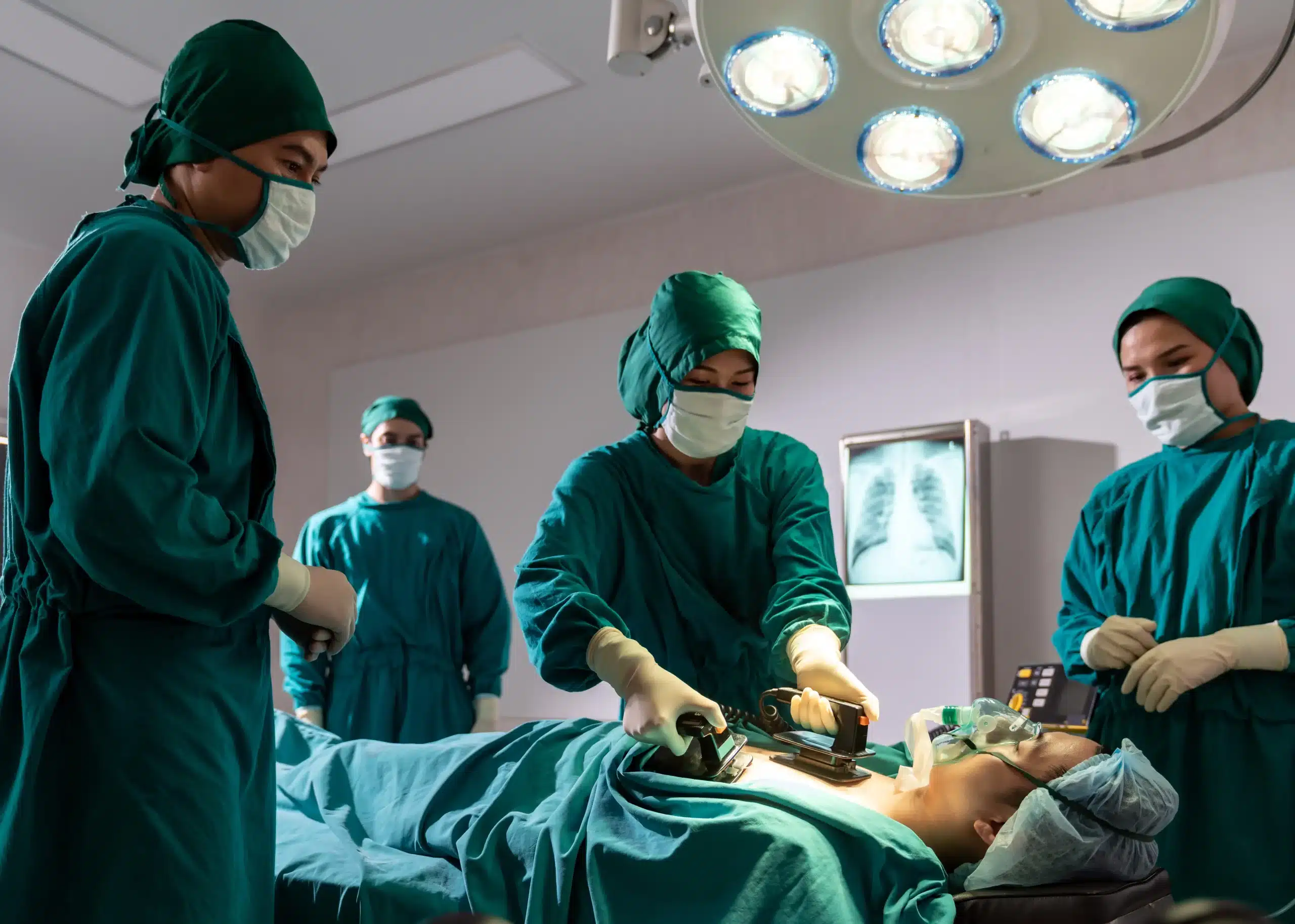In times of crisis, seconds can matter. BLS training gives you the tools to respond swiftly and effectively in medical emergencies, providing essential care until professional help arrives. This training goes beyond basic CPR, covering a range of life-saving techniques. Whether you work in healthcare or want to be prepared for any situation, understanding the importance of BLS and finding “bls training near me” is a crucial first step. This article will guide you through the process of getting BLS certified, exploring the benefits, the skills you’ll learn, and how to find the right training program in your area.
Key Takeaways
- BLS training empowers you to handle medical emergencies: You’ll gain essential skills like CPR, AED operation, and airway management, enabling you to confidently respond to crises and potentially save lives. Whether you’re a healthcare professional or not, BLS certification is a valuable asset.
- Choosing the right BLS course matters: Look for accredited providers with experienced instructors and positive reviews. Select a course format (in-person, online, or hybrid) that aligns with your learning preferences and schedule. Compare costs and check for low-price guarantees to find the best value.
- Proper preparation ensures BLS success: Understand the course prerequisites and any required pre-coursework. Engage actively during training and take advantage of hands-on practice opportunities. Remember to renew your certification every two years to maintain your skills and remain up-to-date with the latest guidelines.
What is BLS Training & Why Do You Need It?
Basic Life Support (BLS) training gives you the skills to respond to medical emergencies, especially cardiac arrest. It’s a critical step in the chain of survival, and when performed correctly, can significantly improve patient outcomes, according to the World Health Organization. For healthcare providers and first responders, BLS training is essential. It equips you with the knowledge and practical skills to act quickly and effectively when every second counts. Learn more in our guide to BLS classes in San Rafael.
Key BLS Skills
BLS certification courses teach core skills like CPR, using an AED (automated external defibrillator), and basic airway management. These skills are crucial in various emergency situations. You’ll also learn about scene safety, which helps you assess and manage the environment to protect yourself and others. BLS training also emphasizes critical thinking, teamwork, and legal considerations, giving you a well-rounded understanding of how to respond effectively. Red Cross BLS courses often include First Aid training, further expanding your skillset.
Who Should Get BLS Certified?
BLS certification is vital for healthcare providers, but it’s also highly beneficial for anyone who might need to respond to a medical emergency. This includes teachers, coaches, lifeguards—anyone who works with the public or wants to be prepared to help in a crisis. Even if you’re not in a medical field, learning these life-saving techniques can make a real difference. ACLS.com offers helpful information on common questions and answers about BLS certification to help you decide if it’s the right choice for you. It’s a valuable investment in your own skills and the well-being of your community.
Find BLS Training Near You
Finding the right BLS training program is easier than you think. Whether you prefer in-person learning or the flexibility of online courses, several reputable providers offer BLS certification. Here’s a closer look at some of your options:
Top BLS Providers
San Rafael CPR Classes
If you’re in the San Rafael, Corte Madera, or Fairfax area, San Rafael CPR Classes offers various courses, including BLS, ACLS, PALS, and First Aid. They’re known for flexible scheduling, a low price guarantee, and convenient same-day certification cards upon completion of your skills test. This means you can get certified quickly and efficiently—perfect if you have a tight deadline. Check out their BLS ACLS PALS training guide for more information.
American Red Cross
The American Red Cross is a well-known provider of BLS certification and renewal training, designed specifically for healthcare providers and first responders. They offer courses across the country, making them a reliable option no matter where you’re located.
American Heart Association
The American Heart Association (AHA) is another trusted source for BLS training. Keep in mind that AHA BLS courses require both an online component and an in-person skills assessment. Currently, there isn’t a fully online option for AHA-certified BLS. You can find more information on their website.
Local Hospitals & Community Colleges
Many local hospitals and community colleges offer BLS training courses. For example, Safety Training Seminars provides AHA BLS, ACLS, PALS, First-aid, and CPR classes in San Rafael, CA. Check with hospitals and colleges in your area to see what programs they have available. You might also find helpful resources through your local health department.
Find Courses Online
Fully online BLS courses are a great option if you need a flexible learning schedule. Providers like ACLS Medical Training offer 100% online BLS certification that’s nationally accepted. This allows you to study at your own pace and complete the coursework from anywhere. Just remember that hands-on skills practice is a critical part of BLS, so even with online courses, you’ll likely need to demonstrate your skills in person.
Compare BLS Training Options & Costs
In-Person, Online, & Hybrid Courses
BLS certification courses come in several formats. In-person classes provide hands-on training and direct interaction with instructors. These are great for people who learn best in a traditional classroom setting and value face-to-face feedback. If your schedule is packed, online BLS courses offer more flexibility. You can complete the coursework at your own pace, making it a convenient option for busy professionals. Many providers also offer hybrid courses, combining online learning with in-person skills sessions. This gives you the convenience of online learning with the practical experience of hands-on training. San Rafael CPR Classes offers a comprehensive guide to CPR certification that covers these options in more detail.
Course Length & Certification Renewal
Most BLS courses can be completed in a single day, whether you choose in-person, online, or hybrid. After you finish the course and pass the skills test, you’ll receive your official American Heart Association certification eCard. This certification is valid for two years. Plan for your BLS renewal when the time comes to keep your skills current. Check with your local providers, such as San Rafael CPR Classes, for more information on course length and certification details.
Understanding Course Fees
The cost of BLS certification varies depending on the training format and provider. In-person courses sometimes cost a bit more due to the overhead of classroom facilities and instructor time. Online courses can be more budget-friendly. Compare pricing to find the best value. Some providers, like BLS Test Center, list their pricing upfront. Check if the provider offers a low price guarantee, like San Rafael CPR Classes, to ensure you’re getting the best deal.
Choose the Right BLS Provider
Finding the right BLS training provider is crucial for a high-quality learning experience. Here’s what to look for:
Accreditation & Instructor Expertise
First, confirm the provider is accredited by a recognized organization like the American Heart Association (AHA). San Rafael CPR Classes, for example, is a woman-owned AHA Training Center, offering AHA-compliant BLS courses. This ensures your training aligns with the latest emergency cardiovascular care guidelines. Look for instructors with extensive experience and certifications, ideally with healthcare backgrounds. Their real-world insights can significantly enhance your learning. A knowledgeable instructor will answer your questions thoroughly and provide practical tips.
Check Reviews & Testimonials
Before committing to a course, check reviews and testimonials from past students. Online platforms like Yelp offer valuable insights into other students’ experiences. Look for comments about the instruction quality, course materials, and overall learning environment. Positive reviews often mention engaging instructors, well-structured courses, and a supportive atmosphere. Reading these firsthand accounts can give you a better sense of what to expect.
Key Factors to Consider
Beyond accreditation and reviews, consider factors like course format, schedule, and cost. San Rafael CPR Classes offers various CPR course formats, including in-person, blended learning, and online options. This flexibility lets you choose the format that best suits your learning style and schedule. Also, compare course lengths and certification renewal requirements. Some providers offer shorter refresher courses, which can be convenient. Finally, understand the total course fees. San Rafael CPR Classes offers a low price guarantee, ensuring you get the best value. Carefully weighing these factors helps you choose a BLS provider that meets your needs and sets you up for success.
Get Ready for Your BLS Training
So, you’re ready to sign up for BLS training. Great! Here’s what you can expect before, during, and after your course.
What Happens During the Course?
BLS certification courses, like those offered by San Rafael CPR Classes, follow American Heart Association guidelines. These courses are designed for healthcare providers like doctors, nurses, and EMTs, and teach more advanced skills than general CPR training. You’ll learn how to perform CPR, use an AED, relieve choking, and work as a team during a medical emergency. Expect hands-on practice and demonstrations. San Rafael CPR Classes is a woman-owned AHA Training Center, so you can be confident your training will meet the AHA’s high standards.
Tips for BLS Success
Before you arrive, check if your chosen course has any prerequisites. Some providers may require you to complete online coursework before attending the in-person skills session. San Rafael CPR Classes offers various course formats, including in-person, blended learning (a mix of online and in-person), and fully online options. Choose the format that best suits your learning style and schedule. Reviewing any pre-course materials provided is a good idea. This will give you a head start and allow you to focus on mastering the practical skills during class.
Getting Your BLS Certification
One of the best things about training with providers like San Rafael CPR Classes is the convenience. You’ll receive your official American Heart Association certification eCard the same day you complete your skills test. This eCard is valid for two years. Remember that BLS certification needs to be renewed every two years to stay current with the latest guidelines and maintain your skills. Mark your calendar so you don’t let your certification lapse!
Related Articles
- BLS Courses in Corte Madera: Your Certification Guide – San Rafael CPR Classes
- BLS Certification in Fairfax: The Complete Guide – San Rafael CPR Classes
- BLS Classes in San Rafael: Your Guide – San Rafael CPR Classes
- BLS Renewal in Corte Madera: Find the Right Course – San Rafael CPR Classes
- BLS Certification in Fairfax: Your Comprehensive Guide – San Rafael CPR Classes
Frequently Asked Questions
What’s the difference between BLS and CPR? CPR is a specific skill within BLS. BLS encompasses a broader range of life-saving techniques, including CPR, AED use, and airway management. Think of BLS as the comprehensive toolkit, with CPR being one of the essential tools inside.
How long does BLS certification last, and how do I renew it? BLS certification is typically valid for two years. Renewal involves taking another BLS course before your current certification expires. Many providers offer refresher courses that cover the latest guidelines and updates. Contact your original training provider or another certified organization to find a renewal course near you.
Are online BLS courses accepted? Yes, many fully online BLS courses are widely accepted. However, even with online courses, there’s usually an in-person component where you’ll demonstrate your skills. Make sure the online course you choose meets the requirements of your workplace or licensing organization.
What if I don’t work in healthcare? Is BLS still beneficial? Absolutely. While BLS is crucial for healthcare professionals, it’s a valuable skill for anyone. Knowing how to respond to medical emergencies can make a difference in various situations, whether at home, in public, or at your workplace.
How do I choose the right BLS training provider? Look for providers accredited by recognized organizations like the American Heart Association. Check reviews and testimonials, compare course formats and costs, and consider instructor expertise. A provider that offers flexible scheduling and a low price guarantee can be a great bonus.
